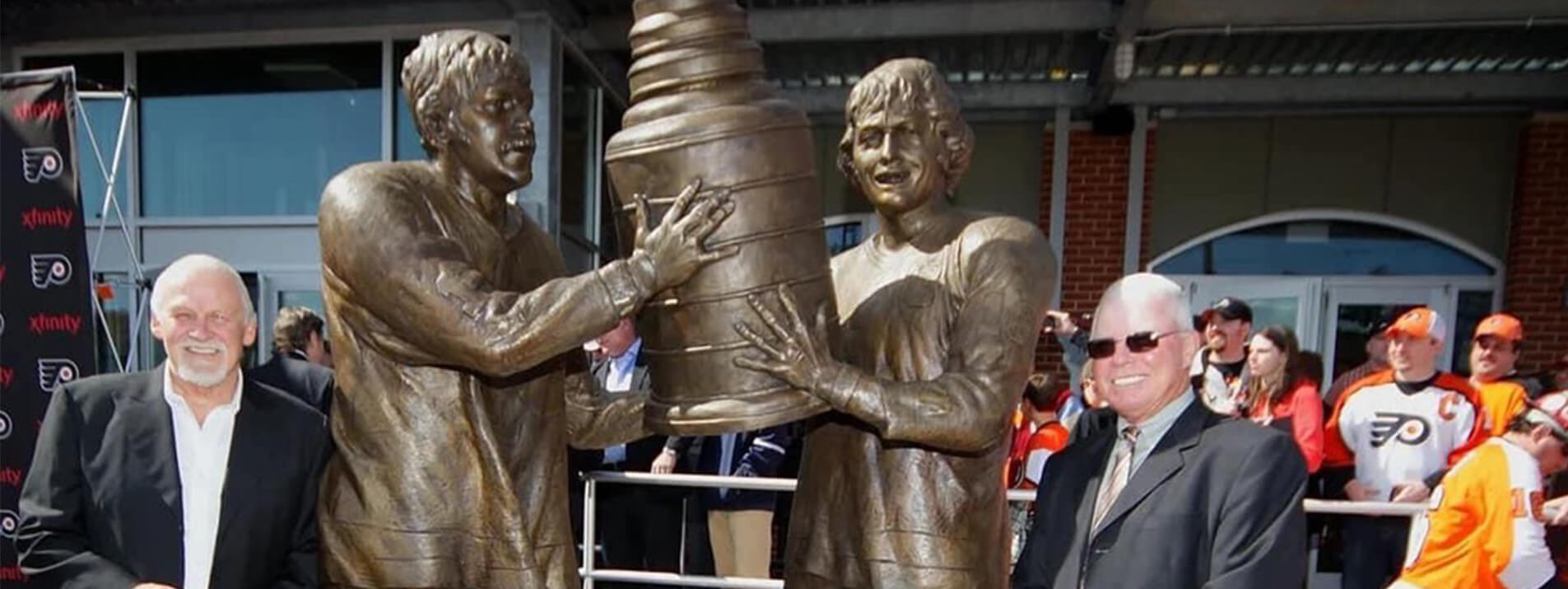Commissioning a custom bronze statue is both a creative and meaningful process. Whether for a public memorial, personal collection, or corporate landmark, it brings an idea to life through artistry and craftsmanship. The process may seem complex, but understanding each stage makes it simple and rewarding. From shaping the concept to final installation, every step matters. This guide explains how to plan, collaborate, and oversee the creation of a bronze statue that reflects your vision, honors its subject, and stands the test of time both artistically and structurally.
Step 1: Define Your Vision
Start by clarifying what the statue represents. Before commissioning a custom bronze statue, think about its purpose and placement. Is it a tribute, a decorative piece, or an institutional emblem? Decide on the size, location, and style that best express your idea. Take inspiration from existing sculptures or artists’ portfolios to identify the tone and level of detail you want. Setting a clear budget at this stage also helps you select suitable materials and artists.
Step 2: Choose the Right Artist
Finding the right sculptor ensures your concept is executed with skill and care. Look for artists who specialize in bronze work and have experience creating similar statues. Review their previous commissions and discuss your expectations openly. A good sculptor will understand the technical process and interpret your ideas into a workable design. Discuss timelines, costs, and communication methods before finalizing the contract. Transparency at this stage prevents delays and misunderstandings later.
Step 3: Approve the Concept and Design
Collaborate closely with the artist to finalize the design. Once the artist sketches initial concepts or creates a small model, provide detailed feedback. This step shapes the final appearance, including posture, facial expressions, and surface finish. Many artists use clay or wax models to visualize proportions before casting. Once you approve the maquette, the foundry process begins. Confirm all details, including scale, patina, and base design, to ensure alignment with your original vision.
Step 4: Oversee the Casting Process
This is where artistry meets engineering precision. Bronze statues are often made using the lost-wax casting method. The artist creates a wax replica, coats it with ceramic, melts it, and fills it with molten bronze. After cooling, the piece is polished, assembled, and treated for texture and color. Communicate with the foundry to stay updated on progress and finishing. Regular checks help maintain quality and consistency throughout production.
Step 5: Plan Installation and Maintenance
Proper installation ensures the statue’s longevity and impact. Once the custom bronze statue is ready, coordinate transport and site preparation. Ensure the foundation can bear its weight and that environmental conditions suit the bronze finish. After installation, periodic cleaning and patina preservation are essential. Bronze naturally develops a patina over time, adding character if maintained well.
Conclusion
Commissioning a custom bronze statue is more than an artistic project. It is a collaboration between imagination and craftsmanship. Clear communication, planning, and attention to detail make the process rewarding. Define your idea, choose a capable artist, and follow through each phase with involvement and patience. The result is a timeless piece that tells a story, honors its inspiration, and stands as a lasting symbol of creativity and purpose. With the right approach, your vision can truly come to life in bronze.
